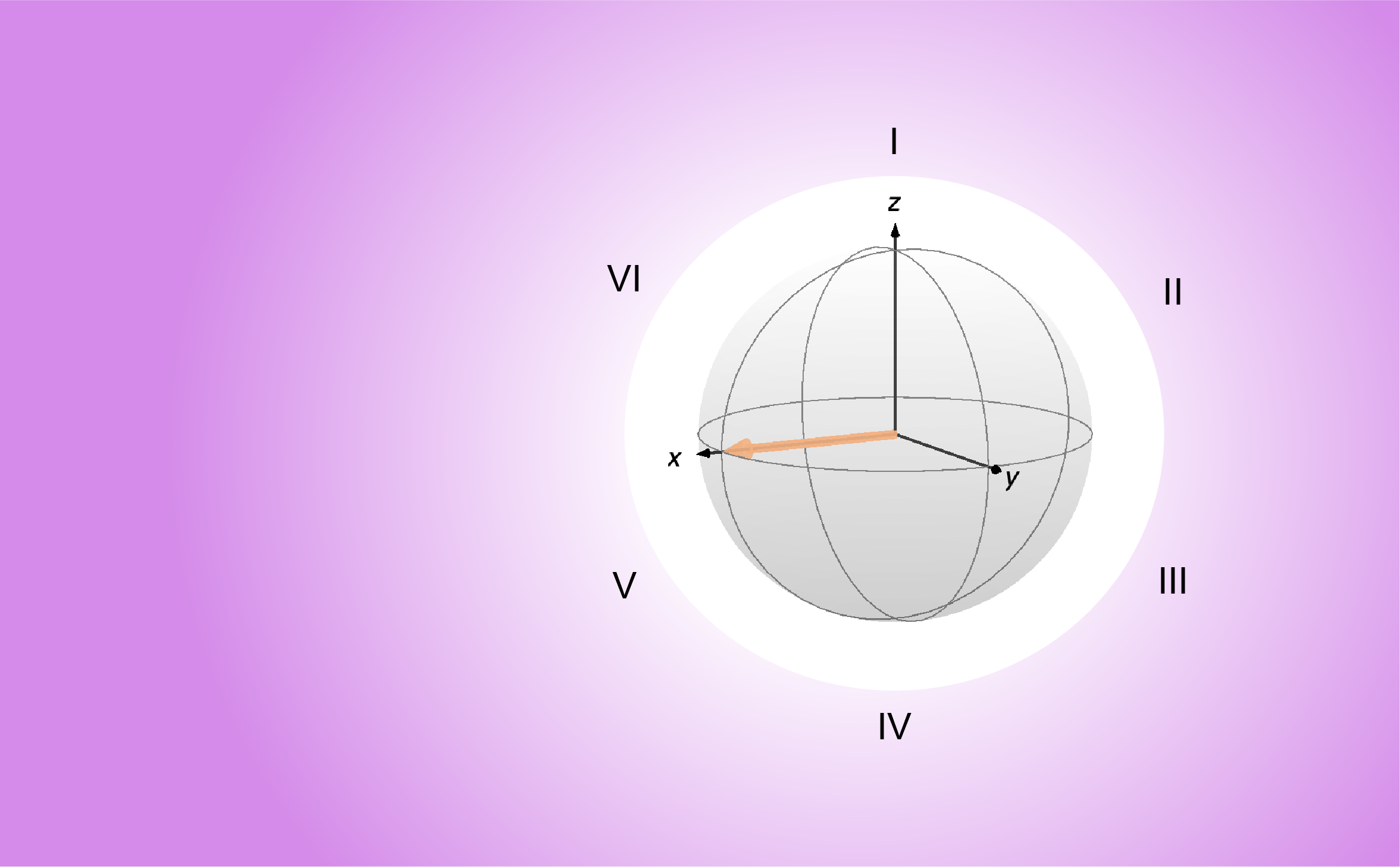
Hi reader, welcome to this post series on the postulates of quantum mechanics!
Have you ever followed classes on quantum mechanics? A common approach to presenting this fascinating topic is to first introduce the six postulates of quantum mechanics, one by one. Here, we intend to do something similar: each of the next six posts will present one of the postulates. But there will be a key difference with how most text books go about it. We will restrict our discussion to spin dynamics. This will allow us to completely forget about spatial coordinates in the equations that we’ll present and focus on properties that have a simple mathematical formulation. It does not mean that we’ll oversimplify and even simplify at all. Many of the most advanced modern nuclear magnetic resonance (NMR) experiments are based on equations that don’t take spatial coordinated into account (in the quantum mechanical sense).
Why can we do that? Nuclear spins are like sloths: they move very slowly so their motion does not feature the “quantum weirdness” of being quantized (there are always counter examples of course, in high energy physics for example). It means that you can chat with the sloth and its movements in space won’t get in the way of your conversation.
Electron spins are much lighter and move much faster so they do feature the behavior of particles with quantized kinetic energy. This is often the first thing chemists learn about the structure of atoms: the kinetic energy of electrons in an atom is quantized which makes only certain combinations of kinetic energy and spatial distribution possible: the so-called orbitals. This is important, beautiful, deep. It’s also very difficult to explain in detail. Have you ever seen the full derivation of the energy states of a hydrogen atom? Long and tough, even if it’s the most simple atom. Add simply a single electron to compute the helium atom and the problem becomes insolvable by hand. But again you can most often forget about this complexity in the context of the electron spin version of magnetic resonance, known as spin resonance (ESR), also called electron paramagnetic resonance (EPR). Yes, the electron does have all these funky quantum properties at all time. Yet, in the course of most ESR experiments, these properties do not change or change so fast that they average and we’re left with only the juice of magnetic resonance: the spin and its dynamics.
Electron or nuclear, a single spin can be represented as a two-level system (for spin 1/2) and a complex vector space of dimension 2. If you have studied some linear algebra, you’ll know that’s about the most simple example of a vector space you could work with (well, this vector space has some extra important properties, but we’ll get back to that). This sounds too good to be true, as it keeps the mathematics to a minimum complexity.
I’m sure some may say I make it look like quantum mechanics is easy. I agree it’s not. But for the reasons above, I truly believe that spins are a convenient example to build intuition on how quantum mechanics work, especially if you have some experience with magnetic resonance. So, let’s be brave and go through the mathematics together, it’s worth the effort!
For each postulate, in addition to the analytical mathematical expressions, the posts contain codes snippets (MATLAB and Python) showing how to write the relevant objects in a programming environment. These will be building blocks for future posts on simulations of spin dynamics. You can directly run the Python codes in your browser using Google Collab (you just need a Google account).
I hope you’ll enjoy it!